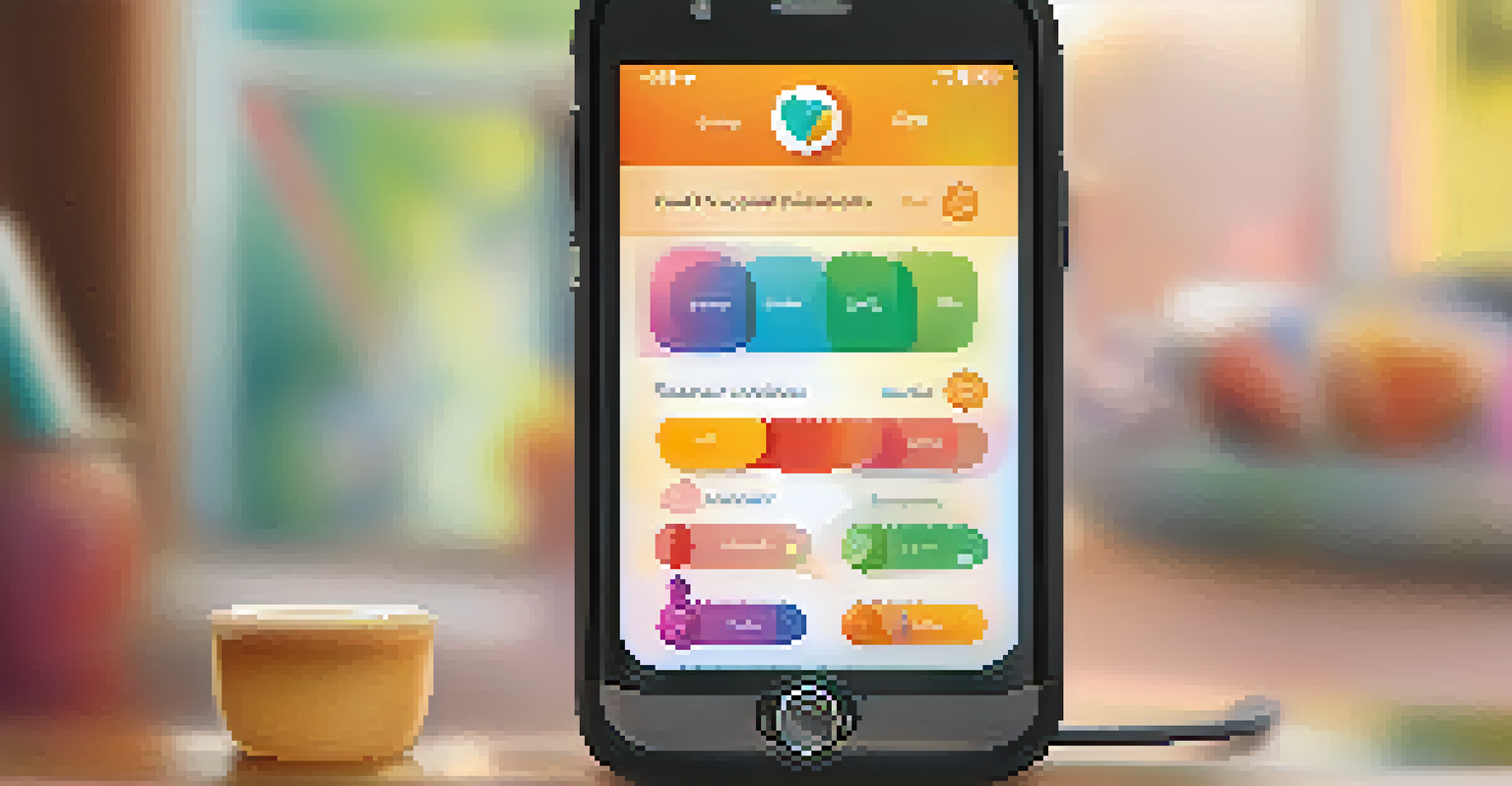Culturally Competent Health Communication: Best Practices

Understanding Cultural Competence in Health Communication
Cultural competence in health communication refers to the ability to understand, respect, and effectively interact with people from diverse cultures. It's not just about speaking another language; it involves recognizing the unique beliefs, values, and practices that shape how individuals perceive health and healthcare. This understanding is crucial for healthcare professionals to foster trust and improve patient outcomes.
Cultural competence is a process of learning about and understanding the beliefs and values of others, and it is essential for effective communication in healthcare.
For instance, a healthcare provider who understands that certain cultures might have different views on medical interventions can tailor their approach accordingly. By doing so, they not only promote better understanding but also encourage patients to engage more openly in their care. This creates a more inclusive environment where patients feel valued and understood.
Ultimately, cultural competence is about building bridges rather than walls. It requires ongoing education and a commitment to learning about the diverse backgrounds of the communities we serve. The more we understand, the better we can communicate.
The Importance of Active Listening in Culturally Competent Care
Active listening is a cornerstone of effective communication, particularly in a culturally diverse setting. It involves fully concentrating, understanding, responding, and remembering what the patient says. When healthcare providers practice active listening, they demonstrate respect and validation, which can significantly enhance the patient-provider relationship.

For example, when a patient shares their health concerns, a provider should not only hear the words but also pay attention to the emotions behind them. This practice helps to identify cultural nuances that might influence the patient's perspective on health. By acknowledging these feelings, the provider can respond more empathetically, which often leads to better health outcomes.
Cultural Competence is Essential
Understanding and respecting diverse cultural beliefs is crucial for healthcare providers to improve patient trust and outcomes.
Moreover, active listening promotes a two-way dialogue, encouraging patients to express their concerns freely. This exchange allows for more personalized care and fosters a sense of partnership in the patient's health journey.
Adapting Health Messages for Diverse Audiences
Adapting health messages to resonate with different cultural groups is crucial for effective communication. This means considering language, cultural beliefs, and health literacy levels when crafting messages. For example, using simple language and avoiding medical jargon can help ensure that health information is accessible to everyone, regardless of their background.
Trust is the foundation of any effective healthcare relationship, especially when working with culturally diverse populations.
Visual aids such as infographics or videos can also be powerful tools in conveying complex health information. They can bridge language barriers and cater to various learning styles, making the message more relatable. In a multicultural society, such adaptations can significantly enhance understanding and retention of vital health information.
By tailoring messages to meet the needs of diverse audiences, healthcare providers can ensure that all individuals receive the information necessary to make informed health choices. This approach not only improves patient comprehension but also empowers them to take charge of their health.
Building Trust with Culturally Diverse Patients
Trust is the foundation of any effective healthcare relationship, and it's particularly important when dealing with culturally diverse populations. Patients are more likely to engage in their care when they trust their healthcare providers. This trust can be built through consistent, respectful communication and an understanding of cultural nuances.
For instance, taking the time to learn about a patient’s cultural background and preferences can go a long way in establishing rapport. A simple acknowledgment of a patient’s traditions or values can make them feel seen and respected, which enhances their willingness to share pertinent health information.
Active Listening Builds Trust
Practicing active listening allows healthcare providers to validate patients' feelings and encourages open communication.
Moreover, transparency in communication about treatment options and potential outcomes helps to build trust. When patients feel informed and involved in their care decisions, they're more likely to adhere to treatment plans and seek follow-up care.
The Role of Community Engagement in Health Communication
Community engagement plays a vital role in culturally competent health communication. By actively involving community members in health initiatives, healthcare providers can gain invaluable insights into the specific needs and preferences of diverse populations. This collaborative approach ensures that health messages are relevant and resonate with the community's values.
For example, hosting community forums or focus groups can provide a platform for individuals to voice their health concerns and preferences. This not only empowers the community but also allows healthcare providers to tailor their services to better meet those needs. Engaging with community leaders can also help in disseminating health information effectively.
Ultimately, community engagement fosters a sense of ownership over health issues, encouraging individuals to participate in their health and wellbeing actively. This collaborative effort strengthens the bond between healthcare providers and the communities they serve.
Utilizing Technology for Effective Health Communication
Technology has transformed the landscape of health communication, making it easier to reach diverse populations. Telehealth platforms, mobile health apps, and social media are just a few tools that can enhance communication efforts. These technologies provide flexibility and accessibility, allowing patients to receive information and care in ways that suit their needs.
For instance, a healthcare provider might use a mobile app to send reminders for appointments or medication refills, ensuring that patients stay engaged in their health management. Additionally, social media can be used to share health tips and resources, particularly targeting specific cultural groups with tailored content.
Community Engagement Matters
Involving community members in health initiatives ensures that health messages are relevant and resonate with cultural values.
However, it's essential to ensure that these technologies are user-friendly and accessible to everyone, including those with limited digital literacy. By bridging the digital divide, healthcare providers can ensure that all patients benefit from technological advancements in health communication.
Continuous Education and Training for Healthcare Providers
Continuous education and training are essential for healthcare providers to remain culturally competent. The healthcare landscape is constantly evolving, and staying informed about various cultural practices, beliefs, and health disparities is crucial. This ongoing education equips providers with the knowledge and skills needed to communicate effectively across cultures.
For example, participating in workshops or seminars focused on cultural competence can enhance a provider's ability to navigate complex patient interactions. These educational opportunities often highlight best practices and real-world scenarios, offering practical strategies for improved communication.

Ultimately, investing in continuous education not only benefits healthcare providers but also leads to better patient care. Culturally competent providers are more likely to understand their patients’ needs, fostering a healthier and more inclusive healthcare environment.